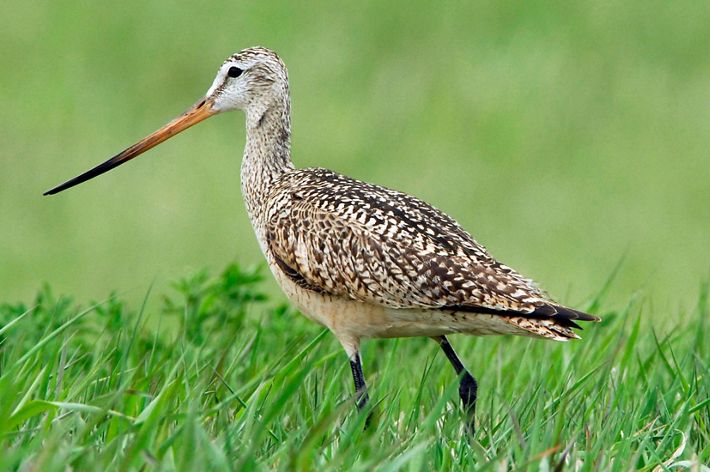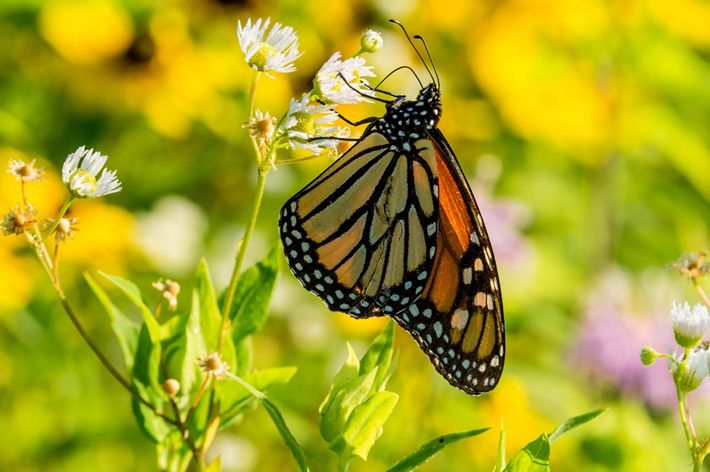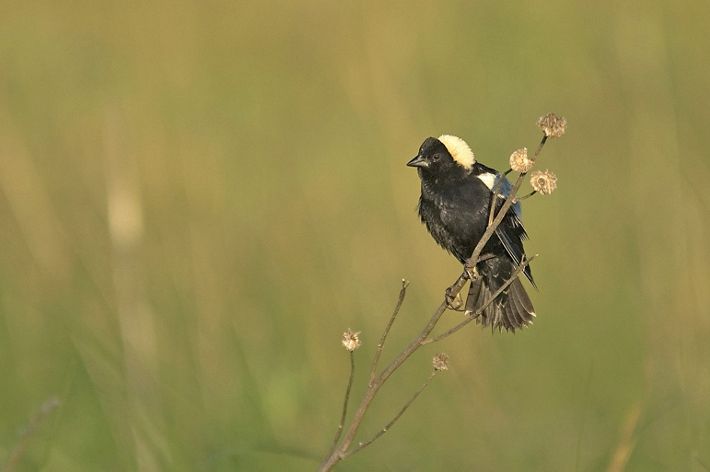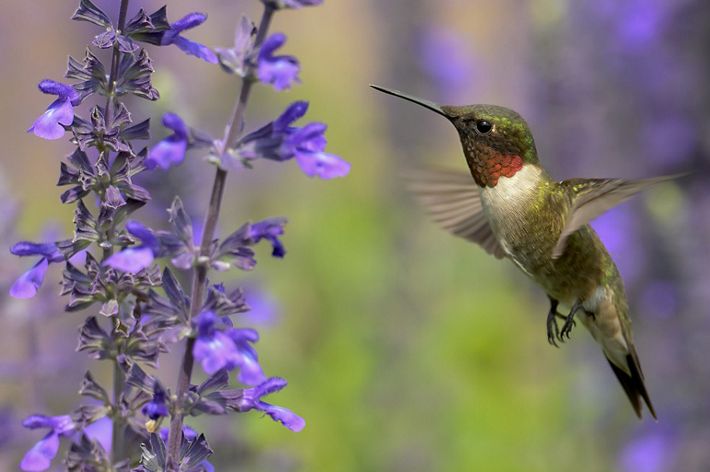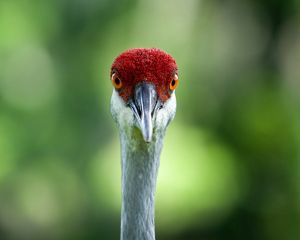Top Five Must-See Migrations in Ohio
From birds to butterflies—know when and where to look and you'll see that the animals of the world are in motion.
Ohio is an important stopover site for wildlife to safely rest and forage before either migrating through in the spring and fall or settling in to nest and raise their young. The state's varied geography of forests, grasslands and coasts, along with two large water sources—Lake Erie and the Ohio River—attracts a wide array of wildlife. This presents many opportunities for unique encounters. Here are five migratory marvels to watch for in Ohio.
1. Shorebirds and Waterfowl
The American golden plover is one of the marathoners of bird migration, making an annual spring journey from the grasslands of southern South America to its breeding grounds in the arctic tundra. On its way, it can be found along Lake Erie’s southern shore, at places like Ottawa National Wildlife Refuge and nearby flooded farm fields, as it stops to put on weight before crossing the lake. Godwits are noticeable as they are much larger than most other shorebirds and their beaks are half the length of their bodies.
You may also spot dowitchers, as well as huge flocks of dunlins and pectoral sandpipers, just a few of the 47 species of shorebirds that visit Ohio. Mallard and blue-winged teal are two of Ohio’s most abundant waterfowl migrants, and both can be observed during migration and throughout the breeding season at Great Egret Marsh Preserve and nearby marshes. Visit the marsh to see other dabbling ducks such as northern shoveler and pintail as they head toward the tundra to breed. To view flocks of hundreds of greater and lesser scaup, canvasback and other diving birds on their way to northern Canada, check out the shores of neighboring East Harbor State Park.
2. Tropical Forest Songbirds
In May, there are few places better for birdwatching than Ohio’s Lake Erie shoreline. Magee Marsh State Wildlife Area, identified as one of the top birding locations in the country by Audubon and the American Bird Conservancy, draws millions of migratory songbirds from Central and South America. These tiny, colorful birds congregate on the lake’s southern shore to rest and refuel before attempting the flight across Lake Erie. More than 150 species of songbirds have been seen at Magee Marsh during spring. Dozens of these species can be seen at Kitty Todd Nature Preserve, including the blackpoll warbler, whose migration is not only one of the longest of these songbirds, but also can include a 1,800-mile direct flight across the Atlantic to South America. Not all pass through Ohio and move on, though.
The Appalachian forests of southern Ohio are prime nesting grounds for the cerulean warbler and northern parula—birds that can be heard as easily as seen in streamside habitat along Scioto Brush Creek at the Edge of Appalachia Preserve. Brilliant indigo buntings and blue-winged warblers breed in Kitty Todd’s wet prairies before heading back to Central America in the fall.
3. Monarch Butterflies
The monarch’s 3,000-mile, multi-generational migration make it one of the most fascinating creatures in North America. The spectacle is best observed in autumn, when some have witnessed tens of thousands of the insects amassing on the Canadian side of Lake Erie before crossing in huge flocks on their way south to roosting sites in central Mexico. Monarchs are certainly a sign of late spring, though, as they arrive in large numbers to lay their eggs on milkweed plants. In the fall, look for early successional landscapes with plants still in flower, like asters and goldenrod. For a good chance at spotting these winged migrants, visit Kitty Todd Nature Preserve.
4. Grassland Birds
The tiny bobolink, which weighs little more than an ounce, starts out each spring from the grasslands in Argentina and flies as many as 6,000 miles to reach its nesting grounds—which include grasslands in northern Ohio. Look for its striking breeding plumage and listen for its bubbling song at Killdeer Plains and Big Island Wildlife areas and in pastures throughout northern Ohio. Grasslands in Ohio have become key breeding areas for declining species such as Henslow's Sparrow and the Northern Harrier. Best management practices in agriculture, forestry and landscaping can improve habitat and decrease fragmentation of the landscape.
5. Hummingbirds
In Ohio, the most commonly seen species of hummingbird is the ruby-throated hummingbird. Weighing no more than a penny, these birds fly to Ohio from winter homes in Central and South America, including a 500 mile non-stop flight over the Gulf of America. If you’d like to see them, hang a nectar feeder in your backyard and watch as they buzz around. Or plant your yard with native flowering plants, including red columbine, cardinal flower or bee balm. They prefer brightly-colored tubular flowers that match the shape of their beaks.
Help species on their long journeys.
Migrating wildlife need a safe haven for some much needed rest and food. Help us protect and restore these lands.

